Did you know that by 2050, we’ll need to produce 70% more food to feed an estimated world population of 10 billion? As it currently stands, our agricultural system cannot sustainably feed that many people, most of whom will be living in urban areas. Vertical grow farms use 95% less water, 95% less shipping distance, and 99% less land—with no pesticides, herbicides, or GMOs. Crops can be grown all year round without depleting or contaminating the water table.
Urban farming is a safe and healthy way to deliver high-quality microgreens to more communities at an affordable price all while generating less waste. Industrialization and urbanization are causing considerable losses of arable lands all while the world’s population continues to grow at a fierce rate. This increasing population obviously will require a more robust and sustainable food supply than what is in place today. Controlled environment agriculture (CEA) is poised to become a vital tool in solving these ever-expanding problems.
Why Vertical Farming?
Not only does vertical farming save space, but it also—
- Optimizes the growth of microgreens by placing them in controlled indoor environments that are continuously regulated in temperature, humidity, lighting, and nutrients.
- Reduces the amount of water and other resources needed to grow greens as compared to traditional farming methods.
- Uses no GMOS or pesticides, producing a clean, flavorful taste and improving the overall quality of the product.
- Provides a greater yield of high-quality, healthy produce at an affordable cost to surrounding communities.
Contact us today to learn more about how NDBS can help you design the most efficient indoor farming space.
